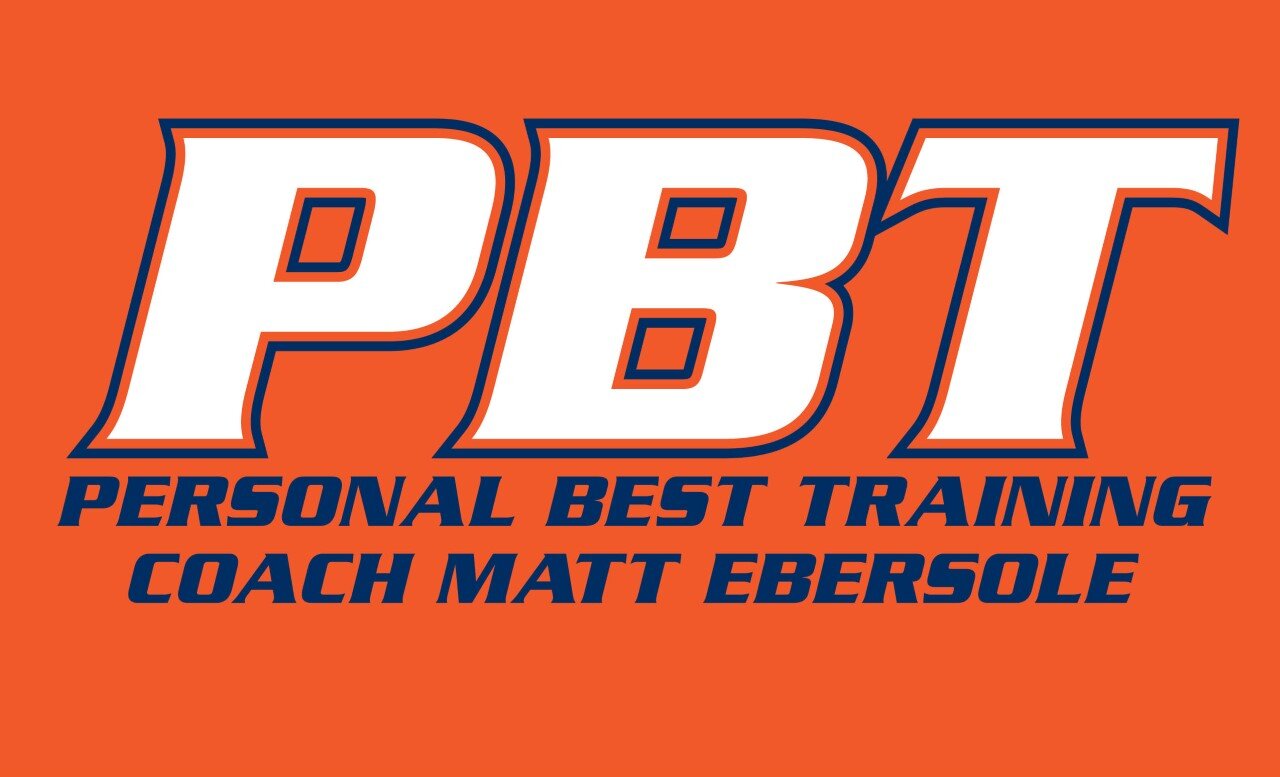Aziz Atmani, Indy's & PBT's 1st Mini Finisher in 2014
Thinking about racing this spring? If so, be sure to make February count. If you recall last winter and all the cold days with bad footing due to the inordinate snowfall and slow melts you know it was a very trying period to train. Fast forward to a beautiful day in early May and you would find me a bit surprised how much faster the times were at the Mini versus one year prior. The weather in 2014 on race day was 55 at the start and 57 at the 2:00:00 mark compared to 60 and 65 the prior year, but that did not seem like enough to counter the earlier prolonged training conditions. You can see the comparative numbers below but to highlight what happened was that up front the race was much faster. It took 30 seconds per mile faster to make the top 20. I sent the numbers for the top finishers to a few of my runners including Dan Ball my de facto statistician for Personal Best Training. As usual he looked into the trend a bit further and we saw that the much faster race at the top quickly transitioned to a much slower race towards the middle and back. You can take a look at the numbers and draw your own conclusions but these are mine.
To those that running is very important the weather was aggravating but something to be dealt with and overcome. Therefore they were able to take advantage of better race day conditions and a more competitive elite field. As we work through the finishers the importance of running begins to fade and common sense increases keeping many people from what they would have done with a more mild winter.
We know that consistency in training is one of the most unglamorous yet most effective predictors of success. The struggle with bad weather highlighted this importance.
While one may be able to get “in shape” in 2 months, to be race ready or actually improve from previous years in 60 days is much less likely. Already being in shape with 60 days to go and being able to train at a high level for that period is a whole different ballgame.
A longer training period allows for a gentler yet still progressive buildup. This keeps training more fun and greatly reduces the injury risk of trying to compress 3-4 months of training into 2.
If you fall into the category of those that reduce or stop running at some point in November or December and combine it with a sporadic January & February you end up with more time off than time training since your last race in the fall. This is rarely a recipe for personal bests.
With a much milder winter this year I hope your training is way ahead of 2014. If not, start now. Begin with consistency even if that requires indoor training on track or treadmill or even something else that is aerobic, uses your legs, and causes sweating and heavy breathing. Get started now and enjoy the payoff when the spring racing season has sprung.
Here are the numbers for the top finishers from the 2 years.
Place/2014/2013
10th/1:04:34/1:09:18 2014 was faster by 4:44/21 seconds per mile
20th/1:07:40/1:14:07 2014 was faster by 6:27/30 seconds per mile
50th/1:16:09/1:18:33 2014 was faster by 2:24/11seconds per mile
100th/1:20:32/1:21:43 2014 was faster by 1:11/5 seconds per mile
500th/1:32:01/1:31:16 2014 was SLOWER by 45 seconds/3 seconds per mile
1,000/1:38:03/1:37:03 2014 was slower by 60 seconds/5 seconds per mile
(112 places or 11% in that 60 seconds)
2,500/1:47:33/1:45:35 2014 was slower by 1:58/9 seconds per mile
5,000/1:56:53/1:54:41 2014 was slower by 2:12/10 seconds per mile
10,000/2:12:35/2:07:36 2014 was slower by 4:59/23 seconds per mile
20,000/3:00:41/2:40:26 2014 was slower by 20:15/1 minute 33 seconds per mile

